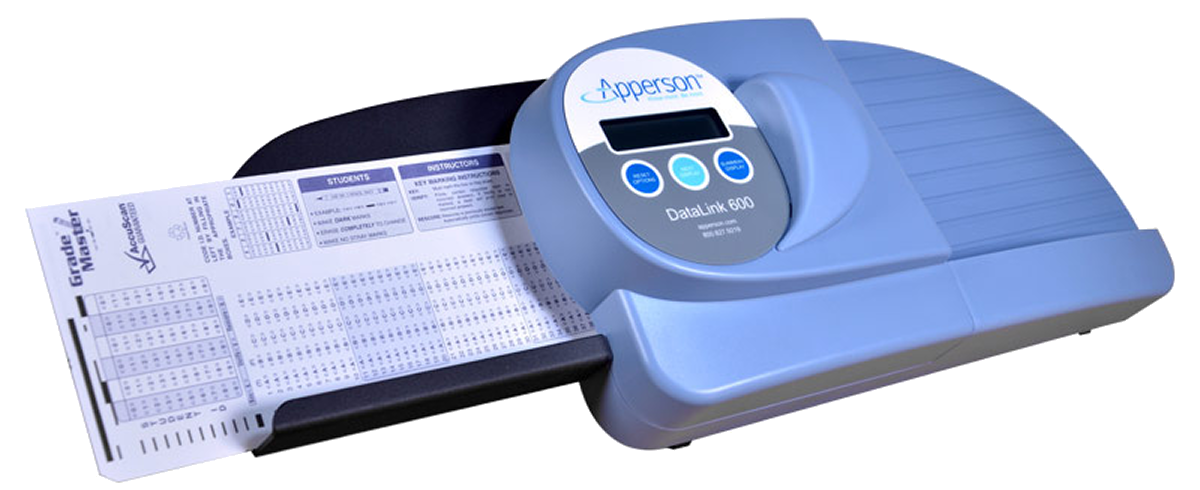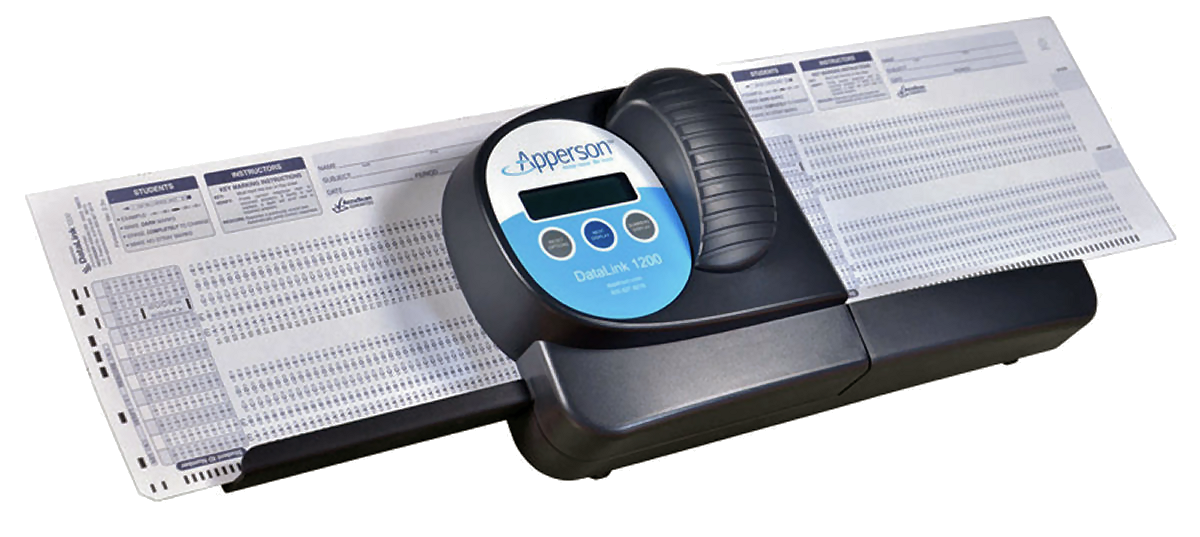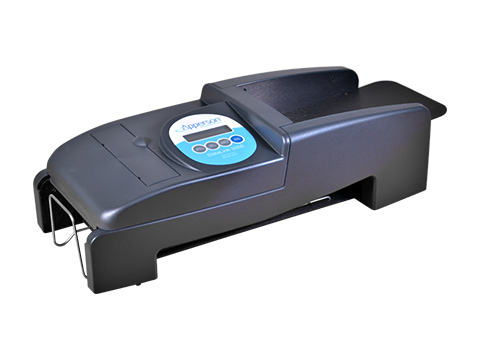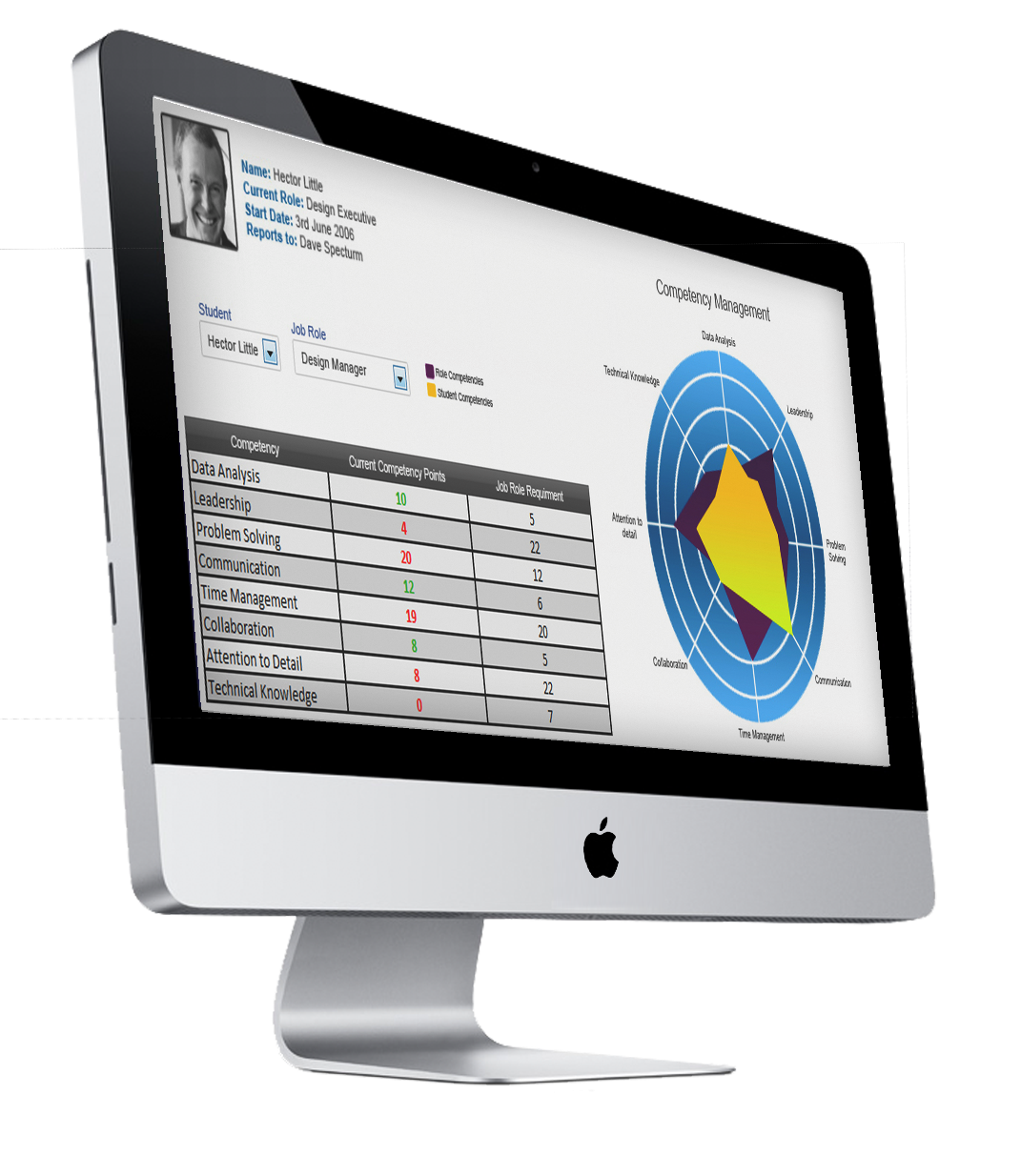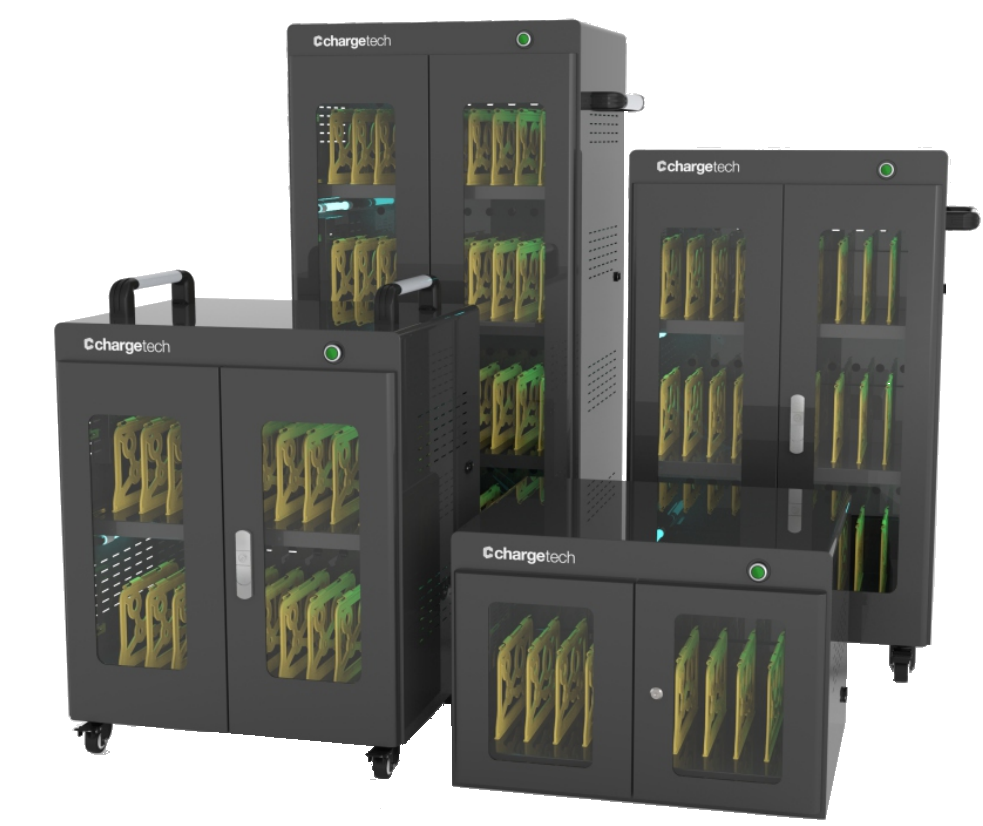
Worried about making the switch to CAMtria? It's a lot easier than you think! Learn more.
We frequently hear stories from clients who are struggling to introduce change in their schools. The simple act of requiring professors to use differently coloured answer sheets for multiple choice exams has been known to reduce seasoned professionals to tears.
One such story came to us from us from a purchasing director out of an Alberta school board. While most of their teachers had adapted to new twenty-first century technologies, one instructor remained loyal to her antiquated OMR scanner and compatible answer forms. As this old scanner could only load software off a floppy disk, the school was required to spend a significant amount of money to have their supplier send a technician every time an update was required - a service required only for this machine – and at a hefty price tag. The additional cost spent by the school to work around this one teacher’s resistance to change over more than a decade could have been spent on equipment and supplies that would have benefitted the school as a whole.
So how can you introduce change in an environment that fights to keep things the same? We have outlined below some proven concepts in change management that should facilitate the process for any user who is looking to become a change agent for any initiative - both big or small.
1. Start at the top
No change will be successful without the buy-in of your administration and leaders. They are in the best position to influence and motivate employees to embrace the changes. They need to understand the need for the change and how these new approaches or technologies will have a positive impact on the organization as a whole and they will need to model the desired changes.
2. Choose the right change agents
At the beginning of the planning process, recruit representatives who will act as your champions. These representatives must be chosen carefully as they will determine how your desired change is accepted or cascades throughout the organization. It’s also an excellent way to identify leaders within your organization and create ownership over the process.
When selecting your champions, search for individuals who:
- Are highly conscientious and take pride in their work and the work of their team.
- Will be affected by the change, and who have a vested interest in making sure the change is as smooth as possible.
- Have strong communication and problem-solving skills.
- Are liked and respected by others in the organization.
- Have proven that they can adapt to new situations.
- Are viewed as leaders within the organization, either formal or informal.
3. Identify super users
When change involves having to learn new software, equipment or processes, it is crucial to identify “super users” who will act as the organization’s experts on the new systems as they are being rolled out across the organization. All employees should have the contact information of super users readily available.
Super users should share the same characteristics as a change agent, with an added mastery over the process that is being introduced and an ability to coach and train others. Change agents and super users may overlap within an organization.
4. Be proactive, not reactive
Even the smoothest of changes will bring about hiccups as the details are worked out. Foreseeing these issues and creating approaches for how they will be dealt with beforehand will be much more effective than dealing with issues on a reactive, case-by-case basis. Anticipate the most likely questions and concerns of your users, and prepare your answers as early as possible. One way to accomplish this is by equipping your employees with robust FAQs, instructional manuals and guides to troubleshooting common issues. Adapt these materials as time goes on, integrating feedback from users.
5. Show your work
Most employees, when confronted with change and the anxiety that comes with it, will question its necessity. Create a presentation that pitches the story for change to your employees, start with the current state, identify problems with the current system, provide them with the reasons why the change is necessary and explain what it will look like once the change is implemented. Give them a picture of why this is important for them. By understanding the necessity of change and the consequences of not adapting, more employees will be on board. Demonstrate to employees how the change fits in with the organization’s big picture and present them with a list of how the change will directly benefit them and students.
6. Keep employees informed
Sometimes, organizations will introduce a change through a memo or town hall session and then...radio silence. The most effective change programs will include a robust communication strategy in which core messages are frequent, timely and properly targeted to different employee groups.
7. Embrace two-way communication
Communications which only flow from the top down are less likely to succeed. Solicit your employees’ input and feedback throughout the change process to end up with a more practical and digestible program. This will also increase employee ownership over the changes, improving their attitude towards them.
8. Prepare for the unexpected
By failing to prepare, you are preparing to fail. No plan ever goes as expected - people react in unforeseen ways, management and organizational structure may change, and the external environment can shift at a moment’s notice. Effectively introducing change requires a continual reassessment of the organization’s ability and willingness to embrace the next steps of the change process. Change leaders must be ready to adapt to not lose momentum.
9. Be transparent
Often, organizations will sabotage their own change process by sugar coating the effects of change rather than being honest with employees about potential initial issues and how their day-to-day life will be affected. Users will want and need to know how their work life will be impacted. Stress the long term rewards of the change while acknowledging any initial hurdles.
10. Involve all Layers of Your Organization
Your messaging cannot be from the head of your organization alone. Change should be communicated across all levels, including the administration and team leaders. By involving these various layers of your organization in the process, you will also receive more detailed feedback and be able to adapt appropriately.
11. Understand the Human Factor
Any change that involves people will create “people issues”. Throughout the change process, focus not only on managing the structural and technical issues involved but take into account office politics, organizational culture, shared histories, common belief systems, and how various personalities may influence these processes. By analyzing these human factors, you can assess organizational readiness to change and identify potential conflicts and problems before they occur.
12. Time it Right
Employees will be more receptive to change if it comes at a time of the year that is not busy - otherwise, your messaging will easily overwhelm employees. This means avoiding both announcing and rolling out a change during the beginning or end of a term, or near exam period. And don’t be afraid to push your deadlines forward if you feel that your organization is not quite ready for the change.
13. Conduct a Pilot Test
If possible, test your new system with a select number of employees (ideally, your super users). This will make it easier to manage issues as they appear and ensure a smoother roll-out for the whole organization. The less buggy your new system, the more likely that employees will embrace it.
14. Don’t get discouraged
Change is hard, no matter the environment! Don’t expect employees to embrace the change right away. Be patient and let employees know that they are not expected to master the new system right off the bat. Be open to changing your timelines and goals. This will alleviate stress and anxiety surrounding the change for all involved.
Do you need to start getting ready to change the scanners or forms that are being used for your school’s assessment needs? We prepared a handy checklist to help you prepare – check it out here.
Stay up to date with our news and promotions:


